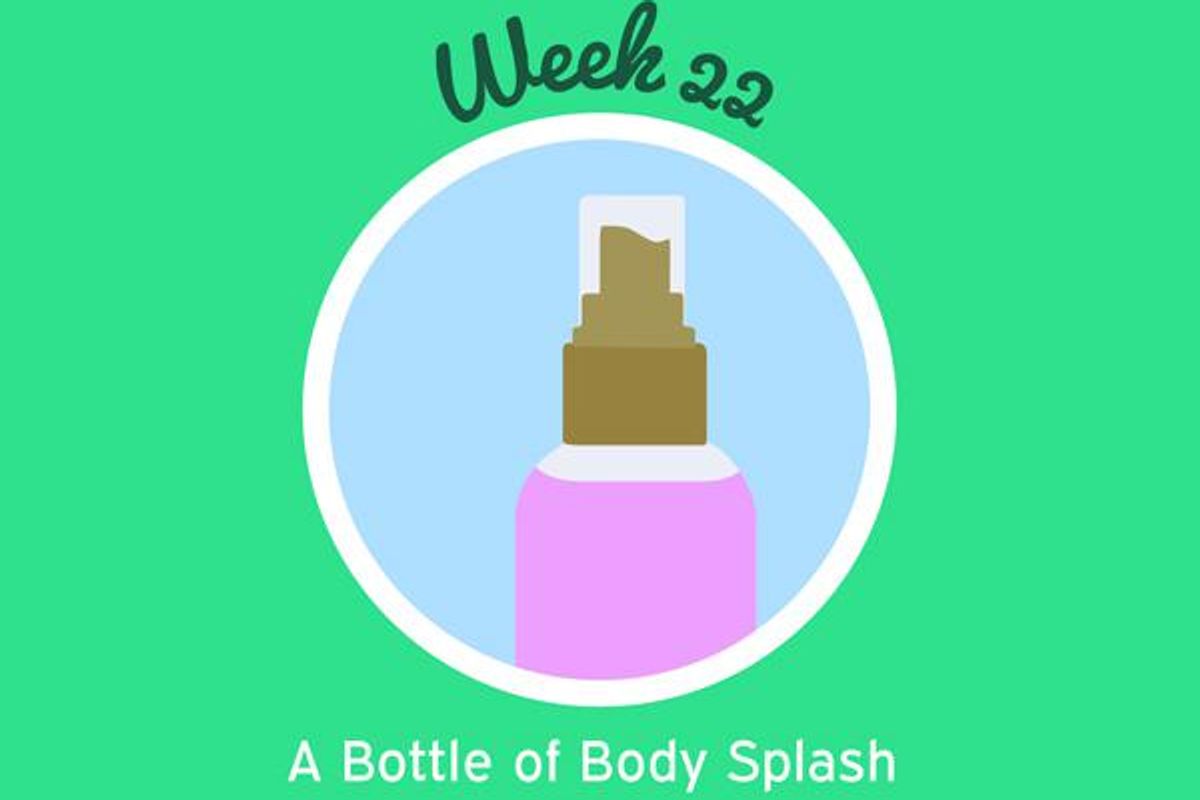During your 22nd week of pregnancy, your baby is forming a face of her own as her lips, eyelids, eyebrows and teeth develop. Moreover, her eyes are present, even if they don't have color yet.
Tip of the week:
Using a rich moisturizer on your face and body each day softens the hair follicles and may help reduce the appearance of unwanted hair. It could make shaving easier and improve the overall appearance of your skin.
Your little one is also still sporting her lanugo, the fine layer of hair that keeps her insulated, and has deep wrinkles that will fade when she starts to develop that adorable baby pudge.
Meanwhile, you may be experiencing some lanugo-like fuzz of your own as your fluctuating hormones induce changes in your hair's texture and thickness all over your body. It's very possible that the hair on your head is becoming denser, and the follicles on your legs, arms and face are following suit.
First, the positive aspect: Your mane is probably feeling full and lustrous, but that's not because it's growing in thicker. Instead, you're losing less hair than you did pre-pregnancy. If this is a good thing for you, enjoy it! But if you're finding that excess heat, weight and time spent on morning grooming just aren't worth it, consider getting a cut or teaching yourself how to French braid your locks to keep them out of the way.
The excess hair that didn't fall out during pregnancy will fall out after delivery—possibly all at once. Your hair may seem thin for a bit, but it actually is just returning to normal.
Now, the not-so-great part: Many women experience unwanted hair on their face, arms or legs during pregnancy, and some even see a few pesky follicles on their breasts, stomachs or backs. Unfortunately, there's not much you can do to prevent this growth, which is caused by pregnancy hormones and increased cortisone. It usually goes away within six months after pregnancy.
In the meantime, you have almost as many hair removal options when you're pregnant as you do when you're not. Good old-fashioned tweezing, waxing and shaving are perfectly safe for you right now, so feel free to get rid of fuzz and whiskers with these at-home and salon treatments.
Avoid bleaching and depilatories, which can be absorbed through your skin. Laser hair removal hasn't been shown to be detrimental to pregnant women, but it hasn't been shown to be safe, either. Electrolysis falls into a similar category, except that galvanic electrolysis has definitively been recommended against by physicians. It's best to avoid these techniques, but, if you are really concerned about excess hair, ask your health care provider about your options.







